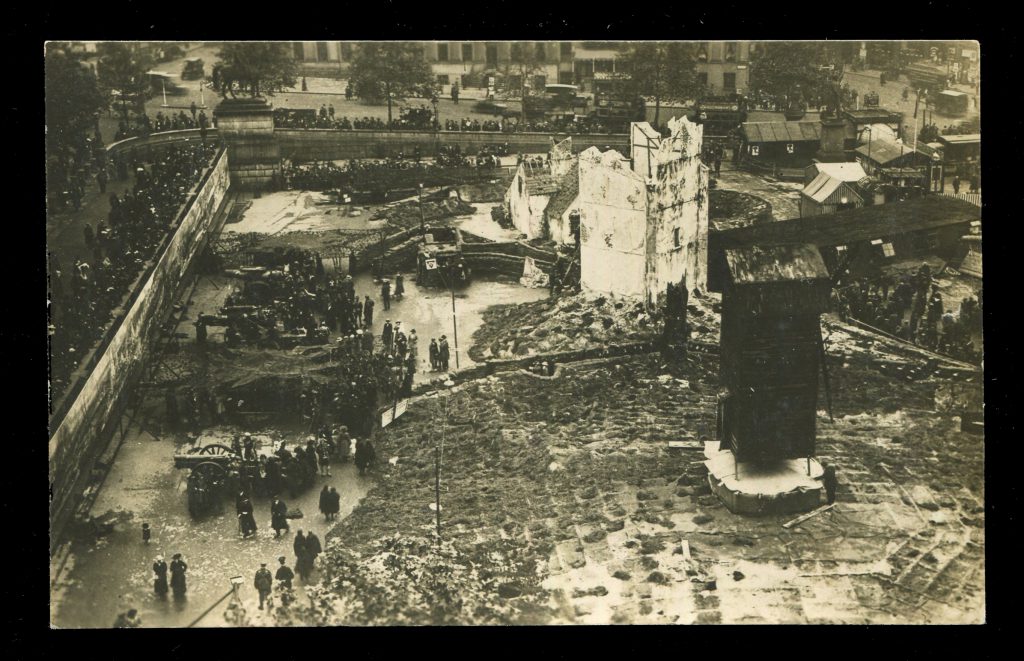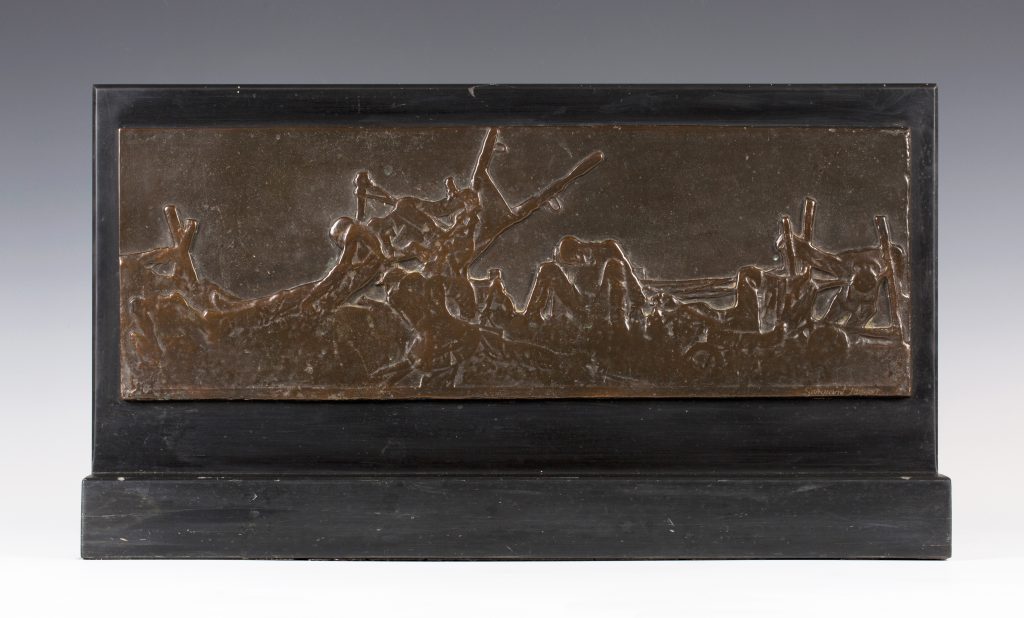
The coming Remembrance Sunday will be particularly poignant falling exactly 100 years after the Great War’s Armistice which came into force at the 11th hour of the 11th day of the 11th month in 1918.
The spring of 1918 saw an intensification of fighting as the Germans mounted an offensive to break through the Allies line. Despite some initial gains it sparked the Allies’ counter offensive which became known as the Hundred Days Offensive. It began on the 8th August 1918 with the Battle of Amiens, involving 400 tanks and 120,000 British, Dominion and French troops. By the end of the first day a 15 mile hole in the German line had been won. The offensive continued and in the following four weeks some 100,000 German soldiers were taken as prisoners of war. Germany realised she had lost the war although fierce fighting continued. The Allies pressed forward. The Armistice with Germany was signed early on the morning of the 11th November 1918 in a railway carriage in Compiègne. Northern France.
After the war there was a great movement to create memorials. Edwin Lutyens was commissioned to create the Cenotaph in London’s Whitehall.

The artist Charles Sargeant Jagger had given up his Rome scholarship at the outbreak of war and initially joined the Artists’ Rifles before being commissioned into the Worcestershire Regiment in 1915. He served at Gallipoli and on the Western Front and was awarded the Military Cross for Gallantry. His Royal Artillery Memorial at Hyde Park Corner is amongst his most famous work. Jagger’s bronze ‘No Man’s Land’ shows a listening post in No Man’s Land. A soldier hides among the bodies of his dead comrades in order to listen to the enemy close by.
Courage and sacrifice will be remembered in churches across Britain, Europe and America. The common story and Christian heritage which unites us will be expressed in services of Remembrance and thanksgiving. Once again these familiar bidding words will be heard:
“We have come to remember before God those who have died for their country in the two world wars and the many conflicts of the years that have followed. Some we knew and loved: we treasure their memory still. Others are unknown to us: to their remembrance too, we give our time…With thanksgiving we recall services offered and sacrifices made…”
Early in the war Laurence Binyon wrote ‘For the Fallen’ as he sat upon the Rumps in north Cornwall. These words are often spoken as an exhortation after the two minutes silence has been observed:
‘They shall grow not old, as we that are left grow old:
Age shall not weary them, nor the years condemn.
At the going down of the sun and in the morning,
We will remember them.’
I hope that each of us will be able to find time in this Remembrance weekend to reflect, offering thanks and prayers for the courage of successive generations who have been called, and continue to be called, to defend the greater cause of liberal democracy, justice and concord.
By Rupert Toovey, a senior director of Toovey’s, the leading fine art auction house in West Sussex, based on the A24 at Washington. Originally published in the West Sussex Gazette.